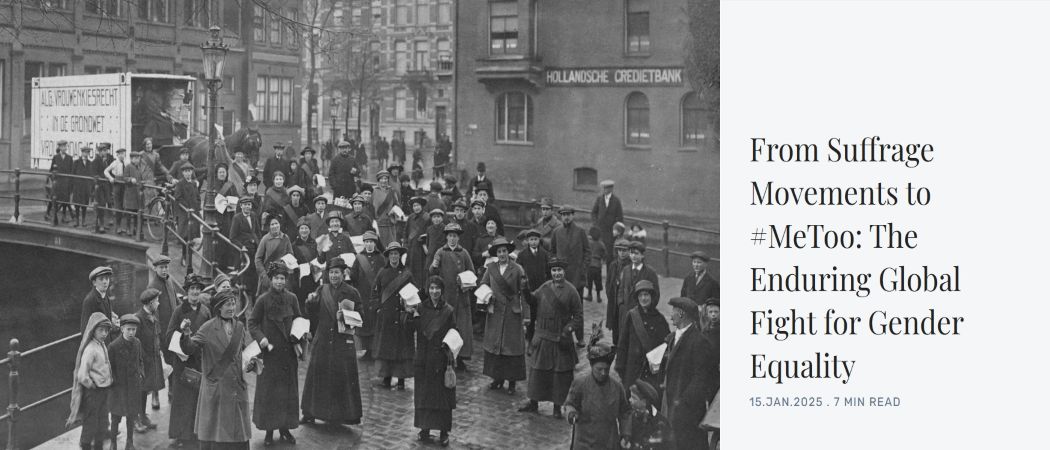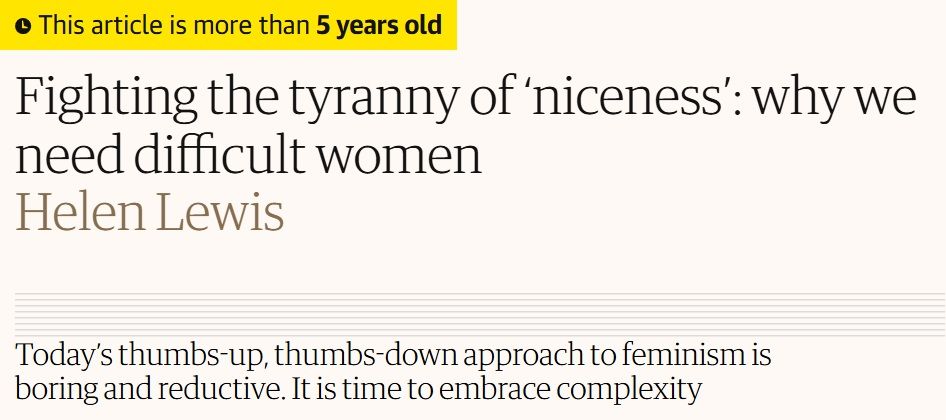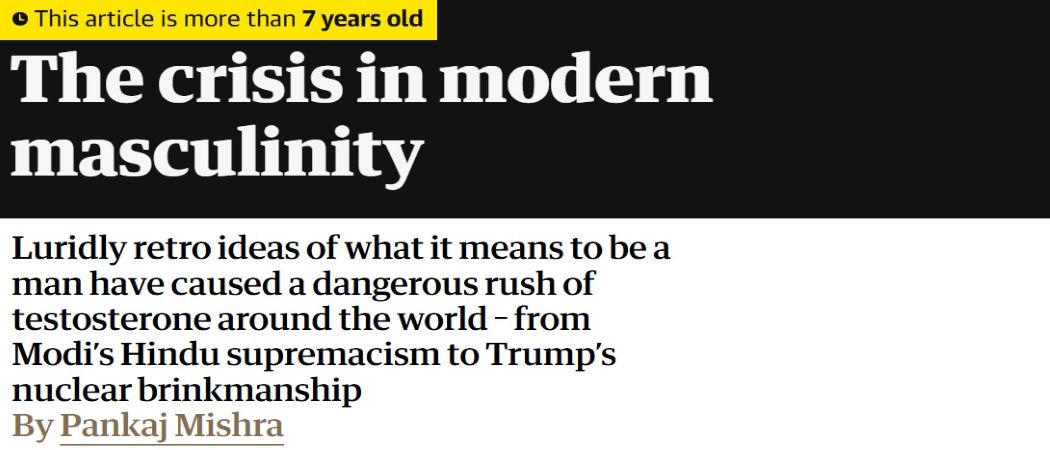From Suffrage Movements to #MeToo: The Enduring Global Fight for Gender Equality

This article traces the evolution of feminist movements from the 19th-century suffrage campaigns to the digital activism of the #MeToo era. It explores the four waves of feminism, their historical contexts, and the persistent global challenges to gender equality, including political representation, reproductive rights, and social stigma.
Related Topics
From Suffrage Movements to #MeToo: The Enduring Global Fight for Gender Equality
This article offers a sweeping overview of feminist history, emphasizing the enduring legacy of suffragists and the evolving tactics of feminist movements across four waves.
Origins and First-Wave Feminism
Suffrage Movements: The first wave began in the late 19th century, with global campaigns for women’s voting rights. New Zealand led the way in 1893, followed by Britain in 1918 and widespread enfranchisement by 1960.
Suffragists vs. Suffragettes: Suffragists pursued peaceful advocacy, while suffragettes employed radical tactics—including arson and public disruption—to demand political inclusion.
Second-Wave Feminism
Post-WWII Mobilization: Emerging in the 1960s, this wave focused on workplace rights, education, and reproductive freedom. Influenced by the Civil Rights Movement, it was shaped by works like The Feminine Mystique.
Global Leadership: Women like Sirimavo Bandaranaike and Indira Gandhi broke political barriers, signaling broader shifts in gender norms.
Third-Wave Feminism
Intersectionality and Cultural Critique: The 1990s brought attention to race, class, and sexual orientation. Feminist art collectives like the Guerrilla Girls challenged sexism and racism in cultural institutions.
Legal and Social Advocacy: High-profile cases like Anita Hill’s testimony spotlighted sexual harassment and the unique struggles of Black women.
Fourth-Wave Feminism
Digital Activism: Defined by online mobilization, this wave uses social media to amplify feminist discourse. The #MeToo movement exemplifies global solidarity against sexual violence.
Global Reach: Movements like the 2017 Women’s Marches united millions across continents, advocating for LGBTQ rights, racial justice, and reproductive freedom.
Contemporary Challenges and Backlash
Declining Identification: Despite broad support for gender equality, many young women in the West avoid the “feminist” label due to stigma and misconceptions.
Persistent Inequality: UN data shows that most gender equality targets are off track for 2030. Political representation remains low—only 16% of Japan’s parliament is female, and over 100 countries have never had a woman head of state.
Feminism’s Future: The article argues that feminism remains essential, especially in the Global South, where women face systemic barriers in education, employment, and bodily autonomy.
This summary was generated by Copilot based on the article “From Suffrage Movements to #MeToo” published by Harvard International Review.
Related Articles

Fighting the Tyranny of 'Niceness': Why We Need Difficult Women
This article critiques the expectations of 'perfection' and 'likability' in contemporary feminism, calling for recognition of the complexity and contradictions within feminism, and embracing those 'difficult women' who are nonconformist, hard to categorize, but drive change.

The Crisis in Modern Masculinity
This article traces the historical evolution of modern masculinity, revealing the politicization and pathologization of the 'strong man' fantasy on a global scale, and critiques how patriarchy shapes oppressive roles for both men and women.

反对‘温顺暴政’:我们为何需要棘手的女性
本文批判了当代女性主义中对‘完美’与‘可爱’的期待,呼吁正视女性主义内部的复杂性与矛盾,接纳那些不合群、难以归类但推动变革的‘棘手女性’。
Support Our Work
If this content has been helpful to you, please consider supporting us to continue curating quality feminist resources
☕ Buy me a coffee讨论与评论
分享您对这篇文章的看法和感受
加入讨论
分享您对这篇文章的看法和感受
加载评论中...